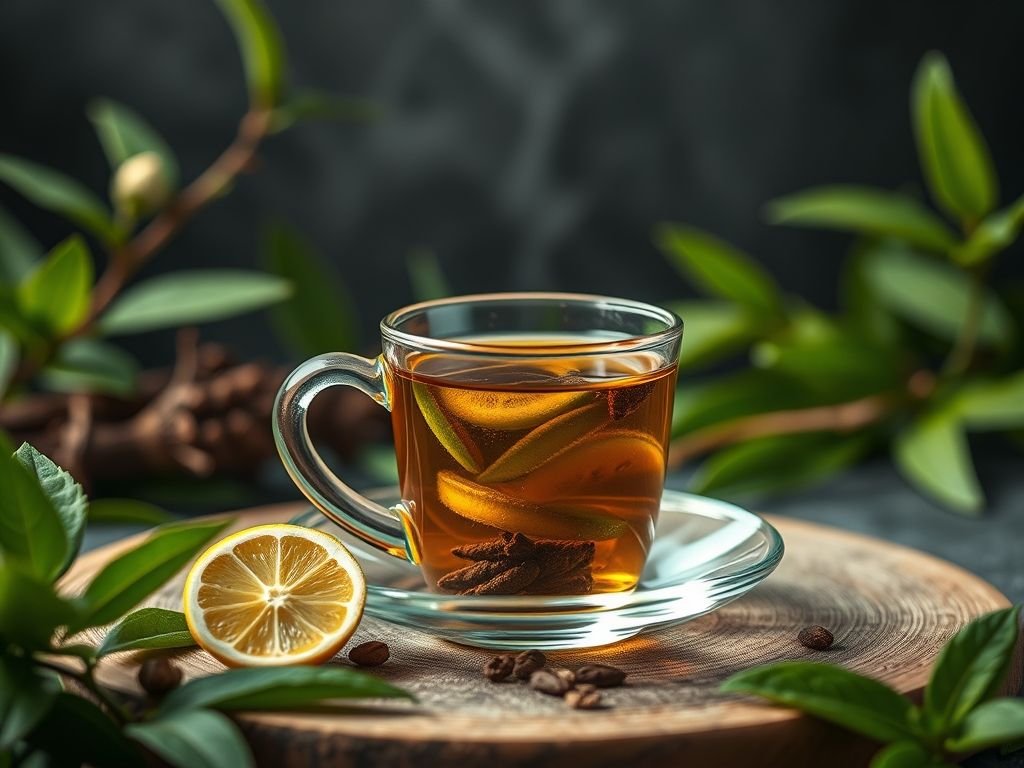Understanding Tea for Blood Pressure
Tea for blood pressure refers to various types of tea that are believed to help manage and lower blood pressure levels. This concept has gained traction as more individuals seek natural remedies to support their cardiovascular health. With a range of teas, such as green tea, hibiscus tea, and chamomile tea, each offers unique compounds that may contribute positively to blood pressure regulation.
The Importance of Managing Blood Pressure
High blood pressure, or hypertension, is often called the “silent killer” because it typically has no symptoms. This condition can lead to severe health issues, including heart disease, stroke, and kidney problems. Managing blood pressure is crucial for maintaining overall health and preventing long-term complications. Incorporating natural solutions, such as tea, can be an effective strategy for those looking to improve their health holistically.
Types of Tea Beneficial for Blood Pressure
- Green Tea: Rich in antioxidants known as catechins, green tea has been linked to lower blood pressure levels. Studies suggest that regular consumption may improve endothelial function, contributing to better blood flow.
- Hibiscus Tea: This vibrant red tea is particularly notable for its potential to lower systolic and diastolic blood pressure. Its high levels of anthocyanins and polyphenols may help relax blood vessels.
- Chamomile Tea: Known for its calming effects, chamomile tea may also aid in reducing blood pressure by promoting relaxation and easing stress, which are both critical factors in hypertension management.
- Rooibos Tea: Caffeine-free and rich in antioxidants, rooibos has shown promise in studies for its ability to lower blood pressure, likely through its effect on the body’s stress response.
Scientific Evidence Supporting Tea’s Role in Blood Pressure Management
Numerous studies have investigated the relationship between tea consumption and blood pressure management. For instance, a meta-analysis of clinical trials found that drinking green tea regularly can lead to significant reductions in both systolic and diastolic blood pressure. Similarly, research indicates that hibiscus tea can act as a natural diuretic, helping the body eliminate excess sodium and fluid, ultimately contributing to lower blood pressure levels.
Real-World Applications
Incorporating tea into your daily routine for blood pressure management can be straightforward. Consider the following practical steps:
- Daily Ritual: Start your day with a cup of green tea or hibiscus tea instead of coffee to kickstart your metabolism and set a positive tone.
- Infused Water: Add dried hibiscus petals to your water for a refreshing drink that not only hydrates but also supports blood pressure health.
- Evening Wind Down: Enjoy a cup of chamomile tea in the evening to help relax your mind and body, promoting better sleep and contributing to lower blood pressure.
How to Brew the Perfect Cup of Tea for Blood Pressure
Brewing tea properly can maximize its health benefits. Here’s a simple guide:
- Select Quality Tea: Choose organic loose leaf or high-quality tea bags to ensure you’re getting the most beneficial compounds.
- Water Temperature: Different teas require different temperatures. For green tea, use water around 175°F (80°C); for hibiscus tea, boiling water is best.
- Steeping Time: Allow the tea to steep for the recommended time—typically 2-3 minutes for green tea and 5-7 minutes for hibiscus—to extract the maximum flavor and benefits.
Related Concepts: The Broader Context of Natural Remedies for Blood Pressure
Understanding tea for blood pressure opens the door to exploring other natural remedies. Here are some related concepts:
- Herbal Supplements: Similar to tea, herbal supplements like garlic extract and omega-3 fatty acids may also help in managing blood pressure.
- Dietary Approaches: The DASH (Dietary Approaches to Stop Hypertension) diet emphasizes fruits, vegetables, and whole grains, which can complement the benefits of tea.
- Mindfulness and Stress Reduction: Incorporating practices such as yoga and meditation can enhance the effects of tea by reducing stress, a significant contributor to hypertension.
Practical Applications and Tips for Incorporating Tea into Your Lifestyle
To make the most out of tea for blood pressure management, consider the following tips:
- Experiment with Flavors: Try blending different teas to find a combination that you enjoy, such as mixing green tea with mint or hibiscus with ginger.
- Stay Consistent: Regular consumption is key. Aim to drink at least one cup of blood pressure-supportive tea daily.
- Monitor Your Blood Pressure: Keep track of your blood pressure regularly to assess how changes in your diet—including tea consumption—affect your health.
Conclusion: Embracing Tea as a Natural Ally for Blood Pressure
Incorporating tea into your daily routine can be a simple yet effective way to support blood pressure management. With various types of tea offering unique benefits, individuals can choose options that fit their preferences and health goals. Embrace the power of tea as a natural ally in your journey toward better health. Remember, while tea can be beneficial, it should complement a balanced diet and a healthy lifestyle.
Reflect on how you can incorporate tea into your daily routine for improved well-being. Are there specific types of tea that resonate with you? Start exploring today and see how these natural remedies can enhance your health.
